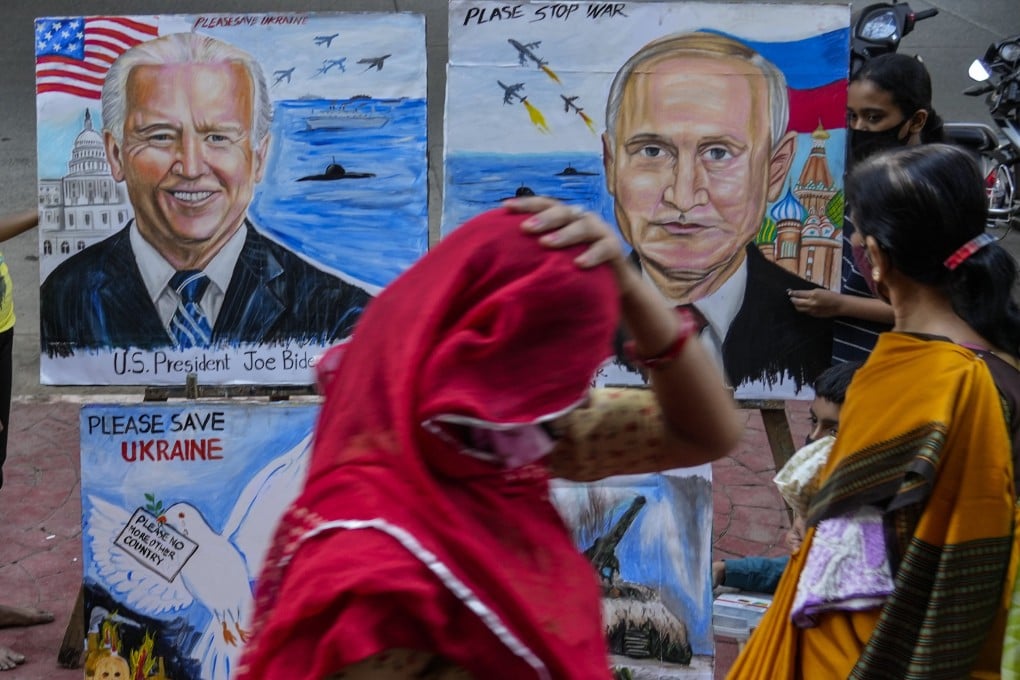Advertisement
Opinion | How Russian soft power has divided young and old Indians over Ukraine
- Older generations of Indians who grew up on a steady diet of Soviet-era literature harbour a soft spot for Russia and a mistrust of the West
- The young, by contrast, have seen their peers evacuated by the thousands from Ukraine to escape Russian aggression
Reading Time:3 minutes
Why you can trust SCMP
15

India has chosen to stay neutral over the war in Ukraine, having persistently abstained from voting in the UN General Assembly this month to condemn Russia’s aggression.
Advertisement
A long-time ally of the US and the world’s largest democracy, India’s actions seem contradictory to its interests, especially as the conflict has led to the emergency evacuation of 20,000 Indian citizens from Ukraine and the deaths of two Indian students since February 24. Young Indians make up almost a quarter of Ukraine’s international students.
This reluctance to call out a known aggressor has been attributed to the deepening trade links between New Delhi and Moscow. Indeed, as a 2021 report by the Congressional Research Service points out, India relies heavily on Russian arms. Between 2016 and 2020, it accounted for 23 per cent of Russia’s total arms exports.
In recent years, other financial initiatives have brought the two nations closer. In 2019, India’s then-foreign secretary Vijay Gokhale said New Delhi had signed 28 investment deals with Moscow involving steel, coal, energy and oil, targeting an estimated annual trade of up to US$30 billion by 2025.
While defence deals and trade ties are important to India, especially as the rise of China and Pakistan poses new geopolitical threats, Indo-Russian ties tend to go deeper.
Advertisement
Few people realise Russia has been wooing India for the past three decades. It has done so using the immense soft power of cultural exchange – in particular, and perhaps surprisingly, through the distribution of charmingly illustrated children’s books.

Advertisement
